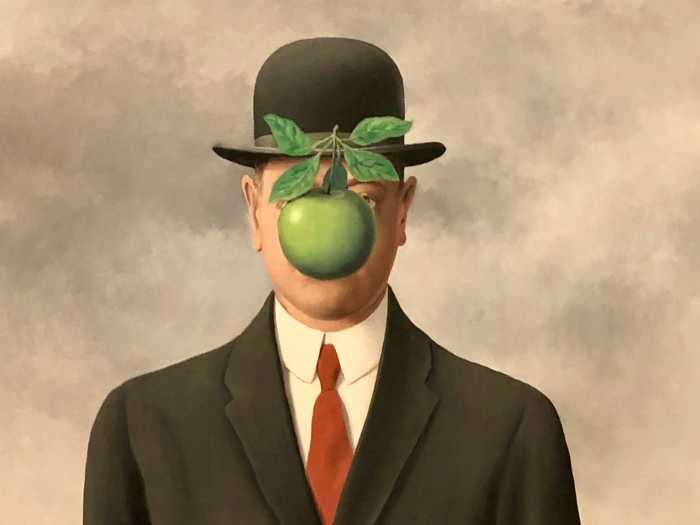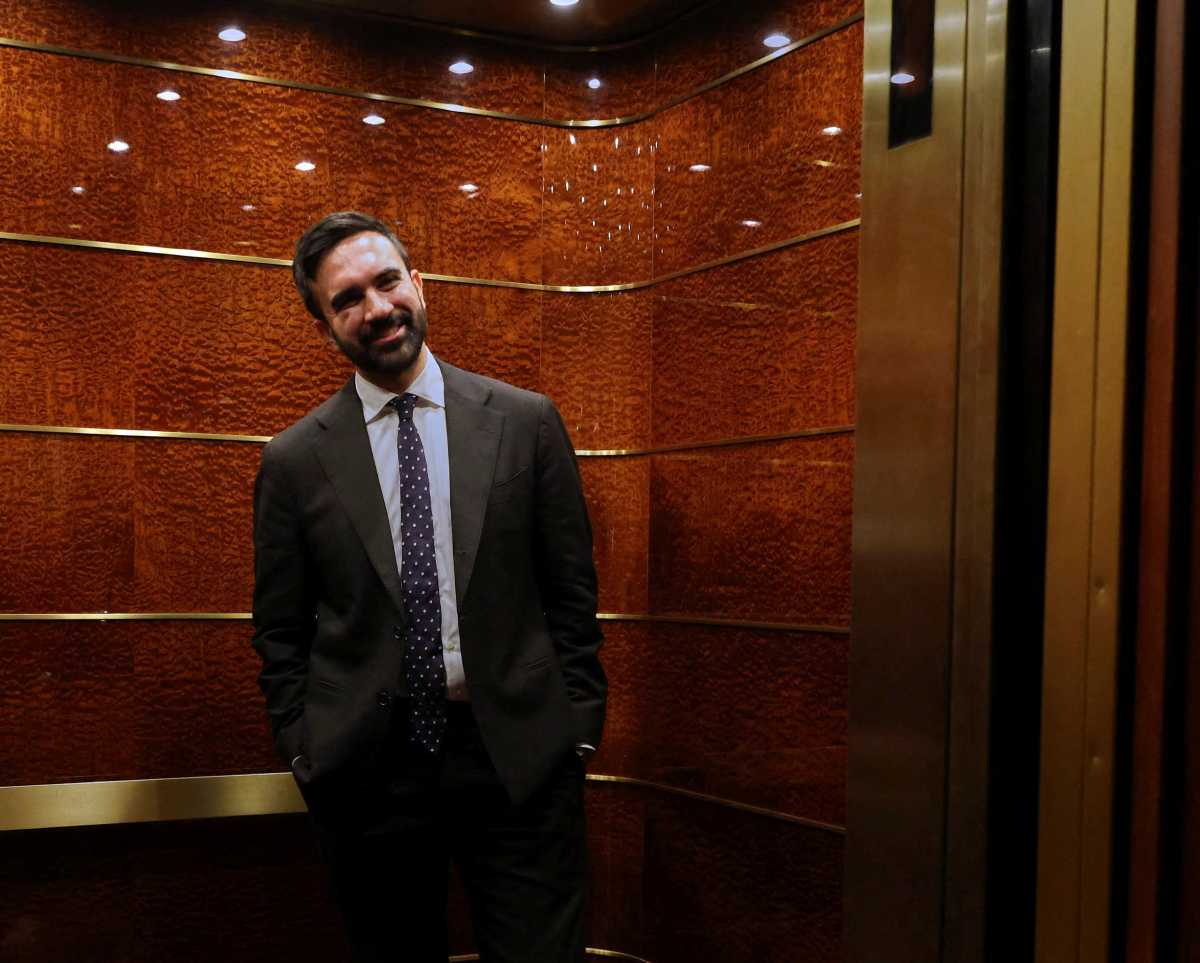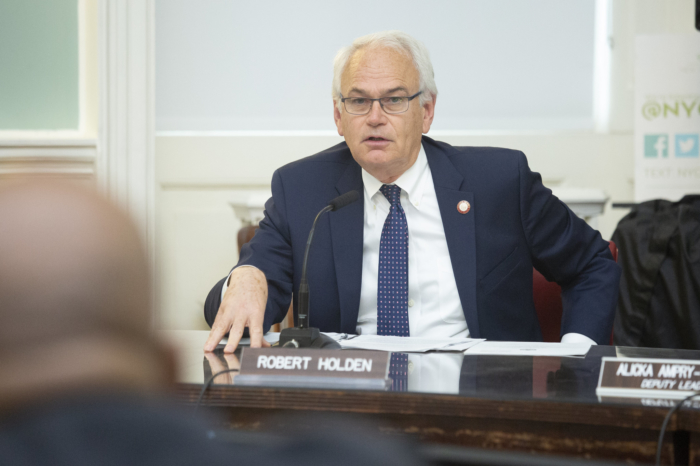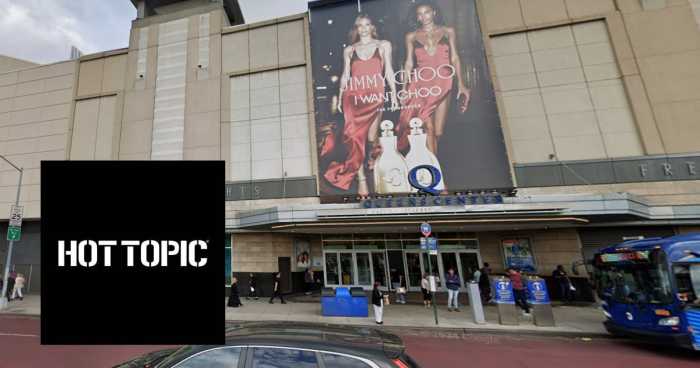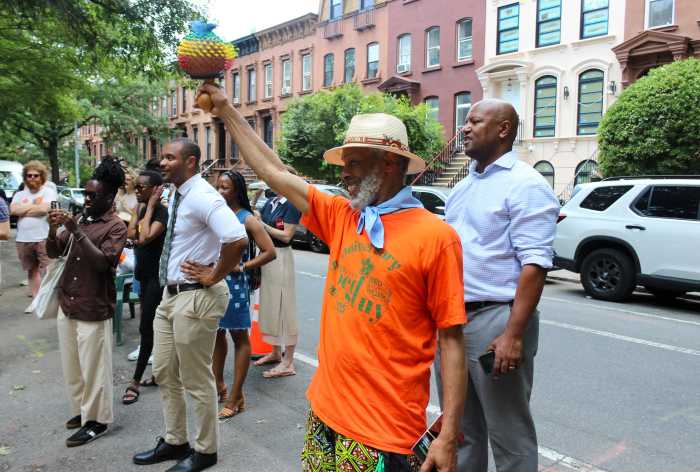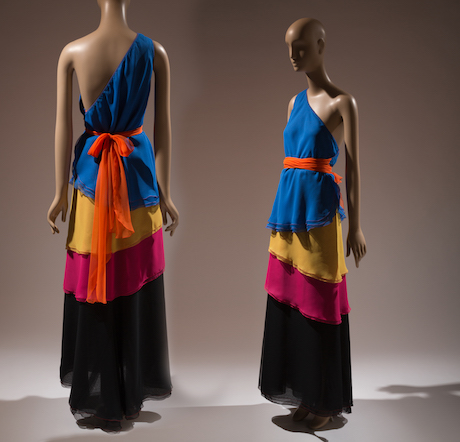
BY NAEISHA ROSE | Celebrating style mavens of African descent and their contributions to fashion from the 1950s to the present, “Black Fashion Designers” is a notable first for the Museum at the Fashion Institute of Technology (FIT). In the past, FIT has presented work on individual black designers — but never before with a focus on the worldwide impact of these underrepresented trendsetting icons.
Curators, fashion designers, and model Veronica Webb provide commentary that adds to the cell phone tour and multimedia exhibition of 75 pieces from 60 fashion designers.
One of the curators at the December exhibition opening was Elizabeth Way, an NYU alum who studied apparel design and history and worked as an assistant costume designer at the University of Delaware’s Professional Theatre Training Program before coming to FIT three years ago to combine the two passions she studied at grad school.
“I was trying to find an outlet for those interests, and it wasn’t until I got into fashion curation that it really came together for me,” said Way. “To me, curation is really about getting to dig into these people’s histories and how it really affects a wider cultural movement. Fashion is such an amazing lens to look at society, culture, people and art, and so many different aspects of history. So it’s a fun way to approach all of those subjects, so that is why curation really appeals to me.”
In helping to curate the exhibition, along with Ariele Elia, assistant curator of Costume and Textiles, Way had the opportunity to showcase one of her favorite designers.
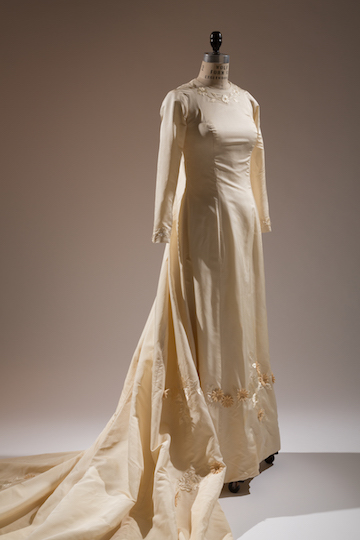
“Someone who is really special to me is Ann Lowe,” noted Way, who wrote her masters thesis on the designer. “Her grandmother was an extremely skilled dressmaker that taught her everything she knew, but her grandmother was also a slave on a plantation in Alabama.”
Along with her mother and her grandmother, Lowe built a business in Montgomery, Alabama, Way noted. Quickly, Lowe moved her business to Tampa, Florida, and then to New York City — where her work was sold in stores including Saks Fifth Avenue and worn by famous women.
“She took that 19th-century dressmaking tradition and became a modern fashion designer.” Way said of Lowe.
Some of the other well-known designs on display are Tina Turner’s Swarovski crystal mini dress by CD Greene and Michelle Obama’s red-and-white floral print dress by Laura Smalls, which was seen on “The Late Late Show” in host James Corden’s “Carpool Karaoke” segment.
The exhibition’s eight themes are Black Models, Breaking into the Industry, Street Influence, Menswear, Rise of the Black Designer, African Influence, Activism, and Eveningwear.
One of the most celebrated eveningwear designers at the premiere was Edward Wilkerson, a fashion director at Lafayette 148 who also has ensembles that are at Saks Fifth Avenue and Bergdorf Goodman.
“My style is a combination of two things,” said Wilkerson. “Masculine and feminine, the yin and the yang. I like to mix the floaty chiffon with a classic tail-length jacket. It’s very soft and hard for me.”
To hone his trademark style, Wilkerson spent 15 years working under Donna Karan.
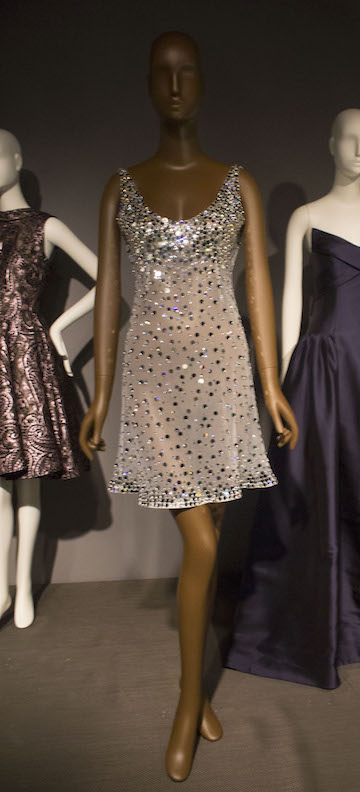
“She’s my mentor… and she basically gave me the opportunity to become who I am and to pursue my dreams,” said Wilkerson. “You always need those people in your life that propel you to the next level; she pushed me.”
Before working at DKNY and becoming a photographer and veteran designer in his own right, it was shopping with his mother that introduced him to fashion.
“I was seven, and the fabric, the texture, and the color were aspirational,” Wilkerson explained. “If you remember Bendel’s, it was an environment like no other, they created a designer’s world within its own world. It was a very special element from when I was a child.”
He cited Stephen Burrows, Willi Smith, James Daugherty, and Jeffrey Banks as some of the black designers who have inspired him.
“Stephen Burrows was probably the most out there, and I look at Jeffrey Banks because his clothes are so tailored,” said Wilkerson.
As a designer who is always looking forward to what fashion can be, Wilkerson is not afraid to use social media for research on what is going on in the industry, in addition to collaborating and meeting with other designers.
“There is a decorator from Antwerp, Gert Voorjans, whom I’ve been dying to meet,” he said. “I found him on Instagram, told him how much I loved his work, and he told me he will let me know when he is back in town. That to me is the power of social media, and that is the power of getting where you want to be.”
Wilkerson added, “Why was I scared to contact him? You can’t be scared, you can’t be timid, you have to go for it.” Social media, he said, “constantly keeps me motivated… and inspired.”
Wilkerson took pride in seeing his work at the exhibit and being one of the speakers at the opening.
“This event is great, because to my knowledge it is the first of its kind and it is long overdue as far as I’m concerned,” he said. “If a designer wants to be cool they take something from streetwear, urban clothes, the hip-hop movement, and African-inspired culture. Where else are they going to reference something cool, truly cool, and truly original?”
BLACK FASHION DESIGNERS | The Museum at FIT, Seventh Ave. at W. 27th St. | Through May 16: Tue.-Fri, noon-8 p.m.; Sat., 10 a.m.-5 p.m. | More info at fitnyc.edu/museum or call 212-217-7999





